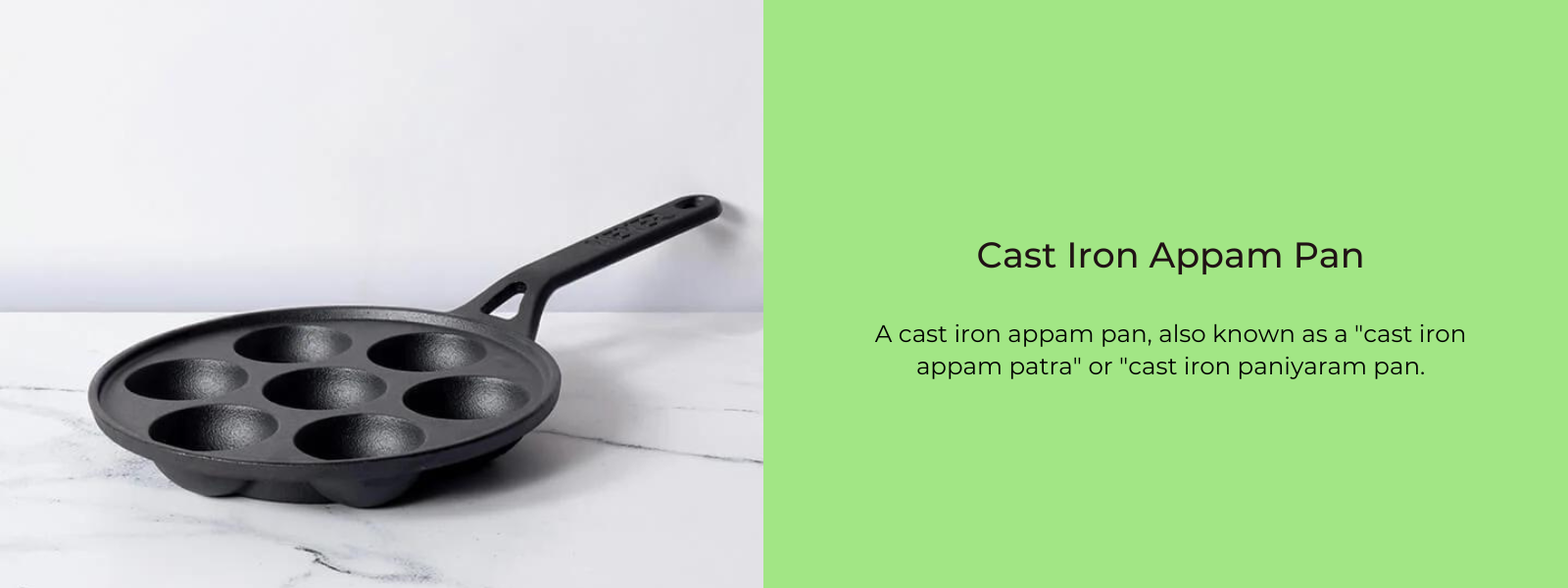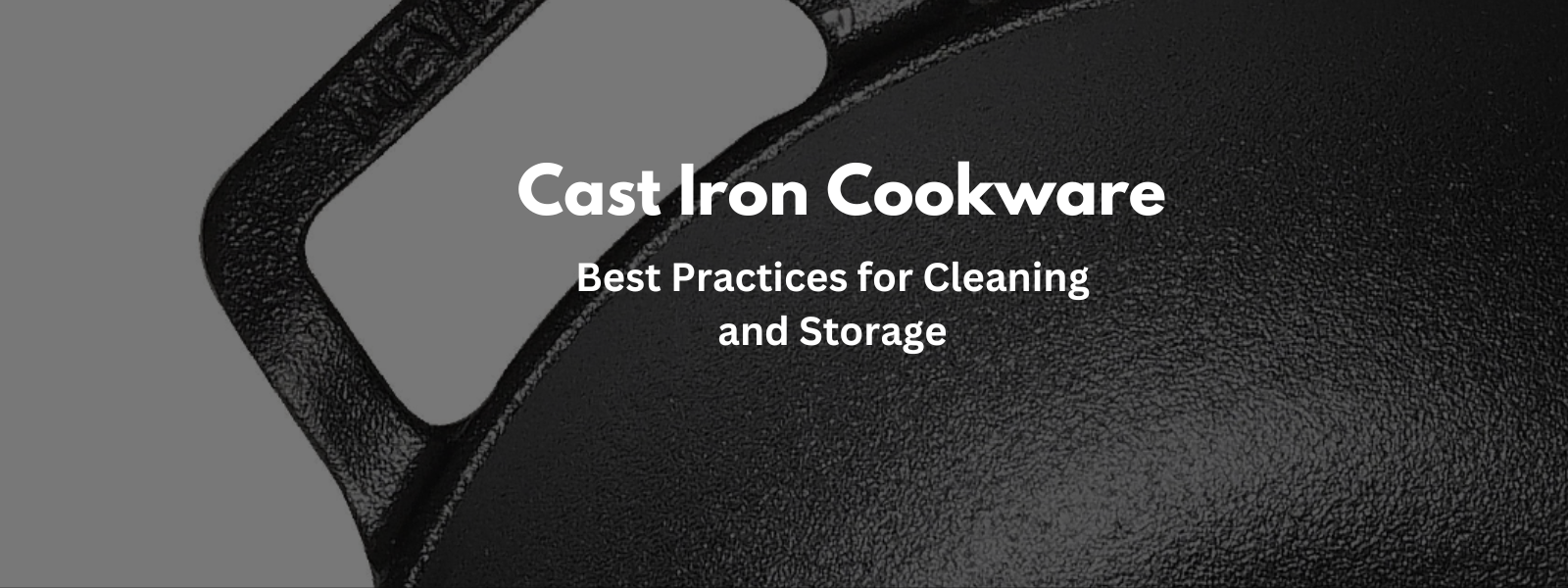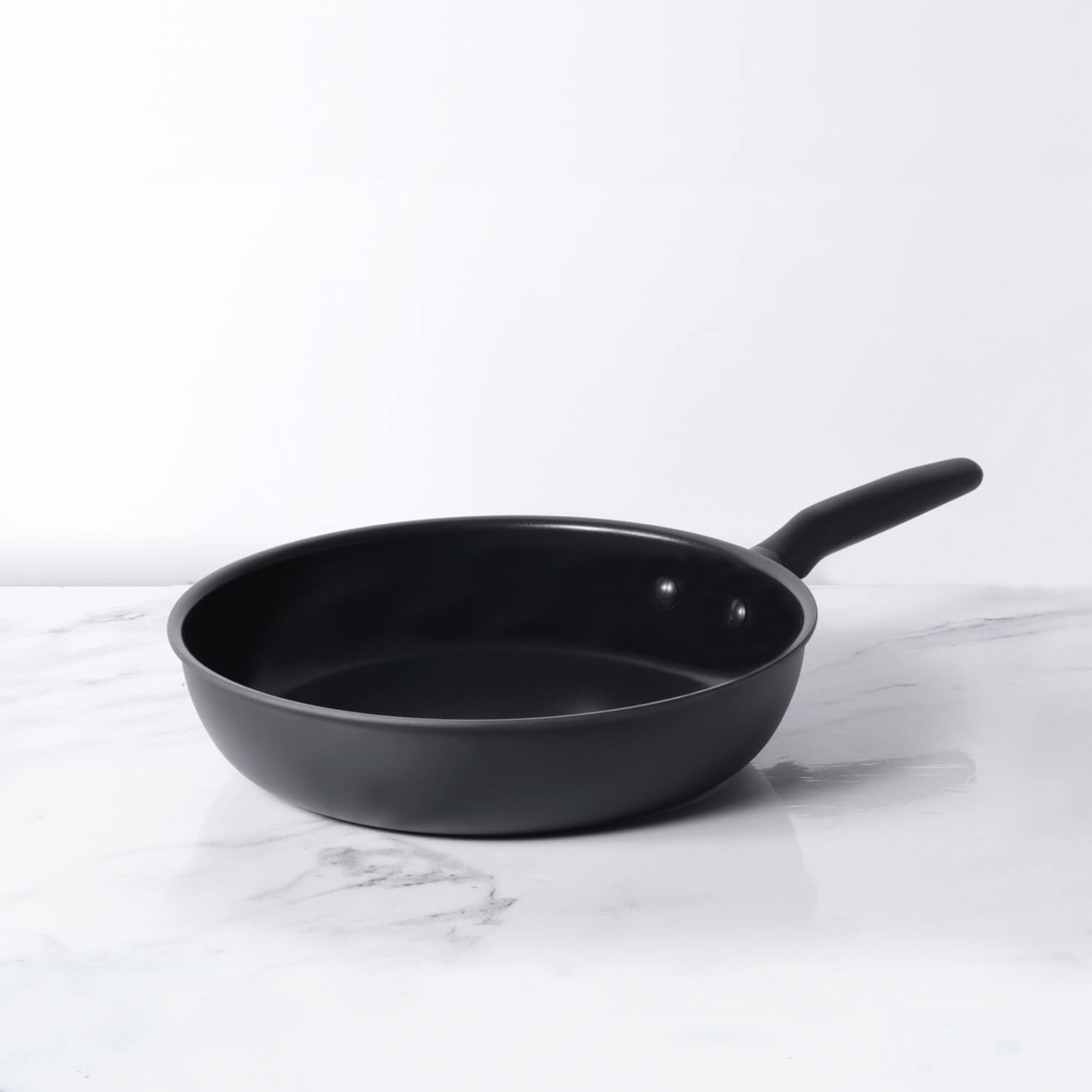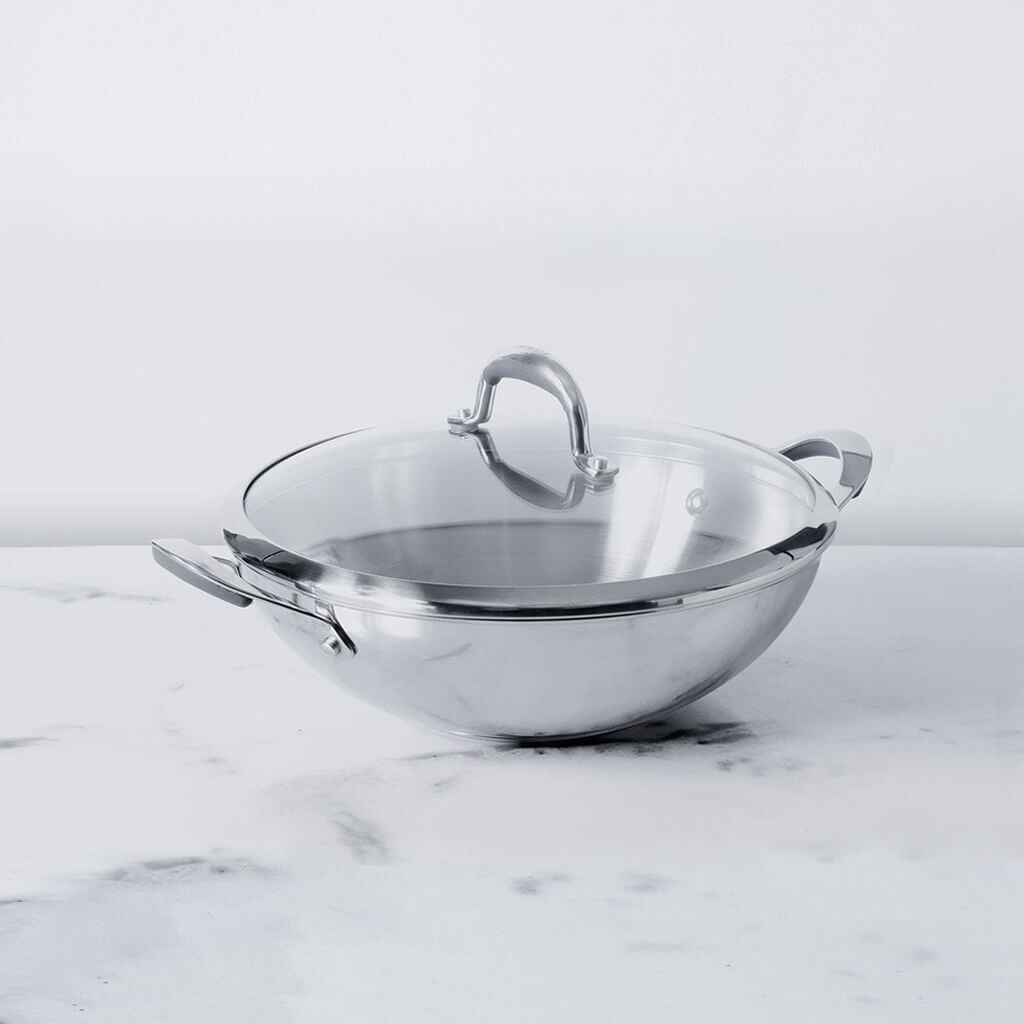Efficient cookware storage is essential not only for maximizing kitchen space but also for extending the lifespan of your pots, pans, and bakeware. In 2025, with compact homes and innovative cookware designs becoming the norm, it’s crucial to adopt smart storage solutions. Here's a detailed guide to help you store your cookware in a way that saves space while maintaining its quality.
Table of Contents
The Importance of Proper Cookware Storage
- Preserve Longevity: Improper storage can lead to scratches, dents, and damage to coatings.
- Optimize Space: Streamlined organization keeps your kitchen clutter-free and functional.
- Convenience: Organized storage allows easy access to the cookware you need, saving time during meal preparation.
Key Principles for Storing Cookware
a. Declutter and Organize
- Regularly sort through your cookware and donate or discard items you no longer use.
- Categorize cookware based on type (e.g., frying pans, saucepans, bakeware) or frequency of use.
b. Protect Non-Stick and Coated Surfaces
- Use pan protectors, felt liners, or soft cloths to prevent scratches when stacking non-stick or enamel-coated cookware.
- Avoid nesting cookware directly, especially those with non-stick or ceramic coatings.
c. Maximize Vertical Space
- Install hanging racks or hooks to store frequently used pots and pans.
- Utilize vertical dividers in cabinets to store lids or flat items like baking sheets.
Space-Saving Cookware Storage Ideas
a. Cabinet Solutions
- Use pull-out shelves for easy access to nested cookware.
- Invest in adjustable pot racks or stackable organizers to store items of varying sizes neatly.
- Store lids in a dedicated rack or divider to free up space and keep them organized.
b. Wall and Ceiling Storage
- Mount a pot rack on the wall or ceiling for heavy-duty cookware like cast iron or stainless steel.
- Use magnetic strips or pegboards to store lightweight utensils, lids, or small pans.
c. Drawer Systems
- Store heavy cookware like cast iron pans in deep drawers with padded dividers.
- Use drawer inserts to separate pans and avoid scratching.
d. Over-the-Door Solutions
- Attach over-the-door organizers inside cabinet doors to store lids, cutting boards, or small skillets.
Storing Specific Types of Cookware
a. Non-Stick Cookware
- Stack with protective layers to avoid scratching the surface.
- Avoid hanging heavy non-stick pans as they may warp over time.
b. Cast Iron Cookware
- Store in a dry place to prevent rusting.
- Use paper towels or parchment paper between stacked items to absorb moisture.
- Avoid hanging large cast iron pieces to reduce strain on wall or ceiling fixtures.
c. Stainless Steel Cookware
- Stack with care to prevent dents or scratches.
- Ensure all cookware is thoroughly dry before storing to prevent water spots or corrosion.
d. Bakeware
- Use vertical racks to organize baking sheets, muffin tins, and cake pans.
- Store frequently used items at the front for easy access.
e. Specialty Cookware
- Keep seldom-used items, like Dutch ovens or large roasting pans, in higher cabinets or storage closets.
- Ensure fragile items, like glass bakeware, are stored with padding or in a secure location.
Innovative Storage Solutions in 2025
- Stackable Cookware: Modern cookware sets, like the Meyer Accent Series, are designed for nesting without damaging coatings.
- Magnetic Cookware Holders: New magnetic storage systems allow pots and pans to be secured against walls.
- Multi-Functional Storage Furniture: Kitchen islands and cabinets with built-in storage compartments maximize space.
- Smart Cabinets: High-tech cabinets equipped with lighting and adjustable racks simplify cookware organization.
Tips for Maintaining Cookware Longevity During Storage
a. Clean Thoroughly Before Storing
- Remove any food residues or grease to prevent odors or damage.
- Dry completely to avoid rust, especially for cast iron and stainless steel.
b. Avoid Overloading Storage Areas
- Overcrowding can lead to scratches, warping, and difficulty accessing items.
- Leave space for air circulation, especially for cookware prone to moisture damage.
c. Store in Climate-Controlled Areas
- Avoid storing cookware in damp or humid environments, which can cause rust or deterioration.
Conclusion
Proper cookware storage is a balance between practicality and preservation. By organizing cookware smartly and using protective measures, you can maximize space while ensuring your pots, pans, and bakeware last for years. With innovations like stackable cookware and smart storage solutions in 2025, maintaining an efficient and tidy kitchen has never been easier. Invest in the right storage accessories and enjoy a well-organized, stress-free cooking experience!













Leave a comment